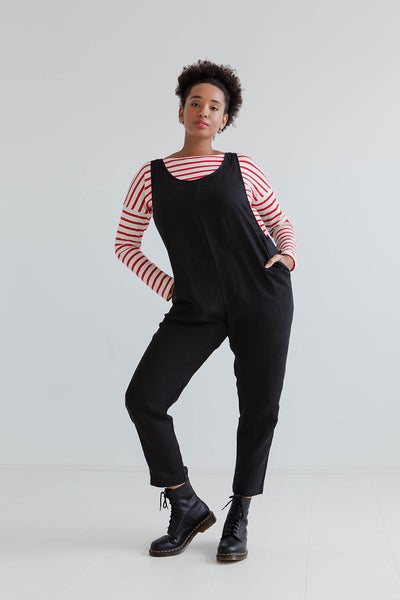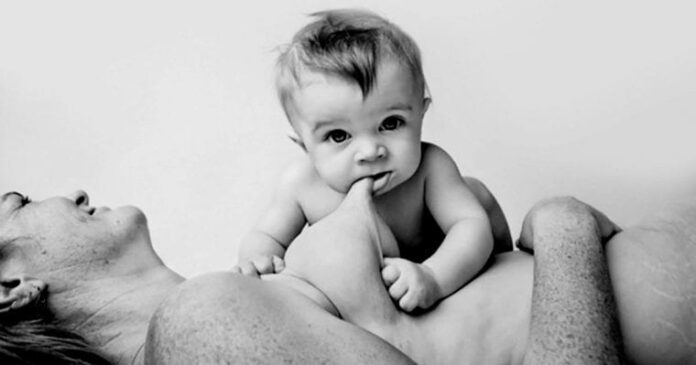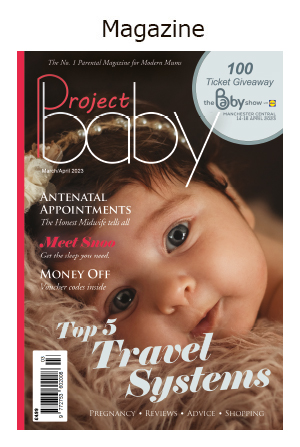5 Tips for Dressing While Breastfeeding
Every woman wants to look her best. But let’s be real, it can be challenging looking put together when you are dressing for breastfeeding. Fashion choices can seem limited. And who has the time to think too much about it?
A few tips for dressing for breastfeeding will have you feeling stylish and put together.
- Wear a Nursing Bra or Tank. …
- Wear a Tank Top Under Clothes. …
- Choose Button-Down Shirts. …
- Wear a Wrap Dress. …
- Add a Scarf to Your Outfit.
Top shops to purchase nursing wear thats guaranteed to make you feel great….



Breastfeeding Secrets Every New Mother Should Know
Nursing your baby is no easy feat. Luckily, we’ve rounded up the only breastfeeding tips you’ll ever need, from the experts.
It Shouldn’t Hurt to Nurse
Expert tip: Some tenderness is normal in the first two weeks. Ease the discomfort by applying a little bit of expressed breast milk onto your nipples and areola after each feeding. But if you’re in a lot of pain, stop breastfeeding until you talk to a lactation consultant or your doctor. An improper latch for even a brief period of time can damage your breast tissue.
Get the Flow Going Early
Expert tip: “The biggest mistake women make is not waking their newborns up to nurse,” says Lebbing. You should feed your baby every two to three hours, waking him up if you need to. If he isn’t emptying your breasts, you should pump and freeze your milk for later use. If you’re unable to breastfeed (for example, if your baby is sick or preterm), you should pump about 10 times every 24 hours during the first 14 days.
Preemies Can Get Breast Milk Too
Expert tip: Try manually expressing at the beginning. Colostrum is thicker than the milk that comes in later on. “When you use an electric pump, colostrum doesn’t flow as well,” says Walker
Keys to Latching
Give your baby a little extra help latching on with these easy breastfeeding tips
- Position your baby so his nose is in front of your nipple.
- Support him with your fingertips behind both his ears and your other arm resting along his spine.
- Gently tickle your baby’s lips with your breast.
- When your baby opens wide, do not aim the center of his mouth toward your nipple. Instead, aim his lower lip toward the areola, about an inch away from the nipple. This slightly asymmetrical aim will ensure the nipple ends up toward the roof of your baby’s mouth and will enable him to compress the breast tissue with his tongue — which he needs to do to get milk.
Breastfeeding Holds
The cradle hold
This is the most basic position, and the one you’ll probably use the most. To put your baby to your right breast, nestle her in your right arm so that her neck rests in the crook of your elbow, her body is along your forearm, and her bottom is in your hand. Turn your baby to her side, so she is facing you, tummy to tummy. Raise baby to the level of your breasts, using a pillow on your lap or by raising your legs with a footstool, if necessary. With your left hand support your breast, fingers underneath the breast and your thumb on top, away from the areola.
The cross cradle
This is a good position if you have a small baby, or if he’s having trouble latching on. It’s similar to the cradle hold, except you position baby on the arm opposite of the breast being used, making it easier to control baby’s head and guide his mouth to your breast. Or, put your baby to your left breast, hold your baby with your right arm, and support your breast with your left hand.
The football hold
Here’s another position to try if you’re having trouble getting her to latch on correctly. This is also a popular hold for women who’ve had a c-section, because it prevents baby’s weight from resting on the mother’s abdomen. Sitting up, position your baby so she’s perpendicular to your body, on the same side as the breast, tucked in under your arm like a football (hence the name). Support your baby’s head with your fingers, her back with your forearm. Your arm should be resting comfortably on a pillow. Her legs should be tucked between your elbow and your body.
Lying down
If you can figure out how to do this, you might be able to get some sleep during middle-of-the-night-feedings. Position your baby so that you’re lying down facing each other. Your baby’s mouth should be directly in front of your breast. Place the rest of his head on the bed or on your arm, whichever works best. Baby’s body should be straight and parallel to yours.
Latching On
Babies need help latching on correctly. Lightly brush your baby’s lower lip with your nipple, and she’ll open her mouth wide as if yawning. Quickly pull her toward your breast until her mouth covers the entire nipple and her chin and nose touch the breast. If her sucks feel light and fluttery during feeding, or you don’t hear swallowing, she may not be latched on correctly. Slide your finger into baby’s mouth, press down on your breast to gently remove her, and try again.
Hands FREE pumping…..

Pippeta LED Wearable Hands Free Breast Pump
Game changer! I’ve previously used mains connected pumps but having this has made the biggest difference. I can pump on the go and it’s so easy to use then clean afterwards. Would 100% recommend.
From £69.99 – £189.99 Check it out here
Fraupow Wearable Breast Pump

The Fraupow Hands-Free Breast Pump allows busy mums to pump milk whilst getting on with all the other stuff they need to do. It is lightweight, wire-free and fits inside your bra, and was created to support Mums.
With 7 sizes to ensure the perfect fit, follow our fit guide here and get pumping as soon as it arrives.
Check them out here
Breastfeeding 101
Once your baby is born, your breasts will start to fill up. At first, your body will produce a “pre-milk,” called colostrum. This can be thin and watery or thick and more yellow-colored. The pre-milk has a slower flow to help your baby learn to nurse. A newborn’s stomach is only about the size of a large grape. After 3 to 4 days of nursing, your real breast milk will come in.
Most babies are ready to eat 1 to 2 hours after birth. Below is a step-by-step guide on how to breastfeed.
- Wash your hands before each feeding.
- Place your baby in one of the breastfeeding positions (outline below).
- Put the thumb of your free hand on top of your breast and your other fingers below.
- Touch your baby’s lips to your nipple until your baby opens their mouth wide.
- Put your nipple all the way in your baby’s mouth and pull your baby close to you. This lets your baby’s jaw squeeze the milk ducts under your areola (nipple).
How do I know if my baby is latched on?
When your baby is “latched on” the right way, both lips should cover nearly all of your areola. Your baby’s jaw should begin to move back and forth. Your baby may make low-pitched swallowing noises instead of smacking noises. If you feel pain while your baby is nursing, they may not be latched on.
Your baby’s nose may touch your breast during nursing. Babies’ noses are designed to allow air to get in and out. If you’re concerned your baby can’t breathe easily, gently press down on your breast near your baby’s nose to give them more room to breathe. Your baby shouldn’t have to turn their head or strain their neck to nurse.
How should I hold my baby while breastfeeding?
You can hold your baby in a number of ways. Some of the most common positions are:
- Put your baby’s head in the crook of your arm. Support your baby’s back and bottom with your forearm. Your baby should be lying facing you. Your breast should be right in front of your baby’s face.
- Side-lying. While lying down, place your baby alongside you. Your baby should be facing you. Pull your baby close to you so they can latch on. You can use a pillow to prop up, if needed. This position is helpful if you had a cesarean section (C-section). You don’t want to fall asleep while nursing in this (or any other) position. Co-sleeping can be dangerous for your baby. It increases the risk of sudden infant death syndrome (SIDS).
- Tuck your baby under your arm, along your side. Their head should be resting in your hand. Support your baby’s body with your forearm. Your baby should be facing you. This position is helpful if you had a C-section. It also can help if your breasts are large, your baby is small, or you have multiple babies.
- Cross-cradle. Hold your baby with the opposite arm of the breast you’re using. Support your baby’s head and bottom with the palm of your hand and forearm. Your baby should still be lying facing you. This position can help premature babies or babies who have a weak suck. It provides added head support.





















This article is so helpful
Can you recommend a Nipple cream that works please?